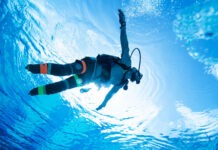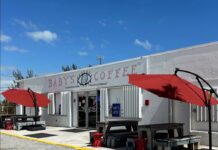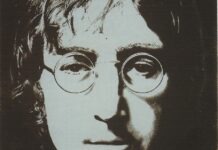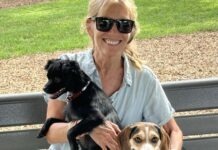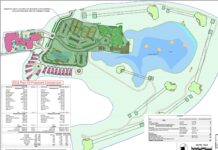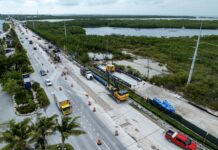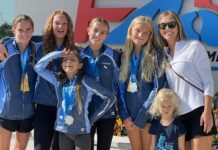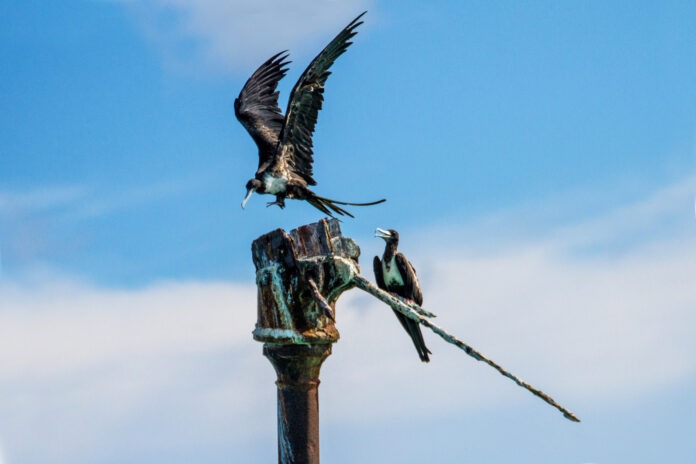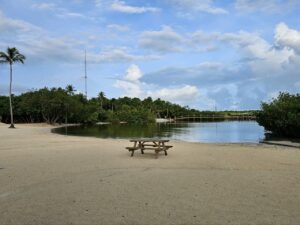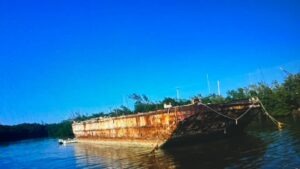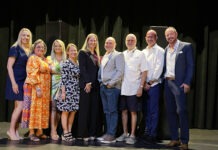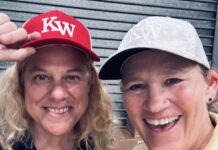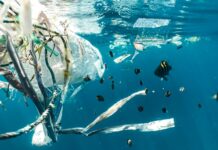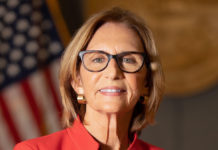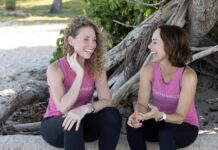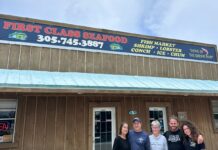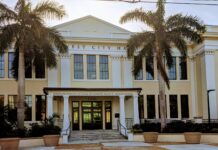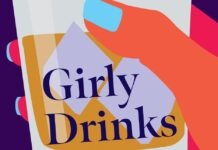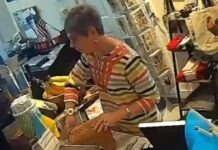It is hard to think about composition when taking a picture of a bird. So many elements are out of your control – foremost being the bird.
A lot of wildlife photography comes down to lining up the focus points in the camera with the critter moving in front of you. It can be harder than you think and it makes me wish I’d played more Atari as a kid, not because it would have been fun, but because I’d have better hand-eye coordination and miss fewer shots.
I’ve been thinking and fretting a lot about bird photography in recent weeks, largely because I have a show of bird photographs coming up at Jag Gallery. (The opening is Thursday, July 11 from 5:30 to 7:30 p.m. The show is called Sea & Sky and will be a joint show with Erika Heffernen. Come for the art. Stay for the red wine and small talk.)
Some birds are easier to photograph than others. It comes down to size, speed, energy, wariness, feeding strategies, habitat, access to habitat and several other factors that aren’t coming to mind at the moment.
Warblers, for instance, can drive you to the brink. They are tiny and constantly on the move, usually behind a few layers of branches that send your autofocus in the wrong direction. My new camera body actually has a bird mode setting, where it will search for the shape of a bird and focus on that. (I like to whisper “bird mode” to myself whenever I turn it on.) But even technology that recognizes birds isn’t enough to keep up with them.
Great blue herons are at the other end of the spectrum. They are relatively habituated to humans (or are at least less flighty than many other birds) so you can get within a decent range with a long lens and usually get a decent shot. Like some genetically gifted people, they almost always look good for the camera.
Sometimes, after being defeated by warblers for a few hours, I’ll go find a great blue heron and take a picture just to rebuild my confidence and cheer myself up.
I’ve had a few solo photography shows before – usually focused on a specific subject, like nightscapes, the liveaboard boat community or Fantasy Fest. I’ve only really put together one show that has included any of my bird photography. Which is funny, because the reason I bought my first real, modern-era camera, and my first real long lens, was to take pictures of birds.
A little over a decade ago I used to co-own a bird tour company. Digital photography wasn’t new at the time, but it was getting more affordable. On tours there was often a tension between the people who were on the trip for photography reasons, and people who were there to see a lot of birds. (Photographers want good light and a good scene, and therefore move more slowly.)
I bought a camera to learn how wildlife photographers experienced things so I could design some new itineraries focused on bird photography, though we ended up selling the company before we could schedule any such tours.
I was pretty into photography when I was younger, and had a darkroom in the basement of my parents’ house. But I couldn’t afford that kind of space when I moved to Key West. And any time I dropped my film off for processing, I was alway depressed by the results. Nothing looked as I had envisioned.
I remember at one point deciding I no longer would take photos when I traveled, as it was easier, cheaper and better to buy postcards.
But then digital photography came along and I felt I had regained a great deal of control over the process and results. The new camera rekindled my interest in the much broader world of picture-taking.
As a birder, I have terabytes of bird photos, but I generally think of them as more illustrative than (gulp) art. (See also: that first complaint I made about composition.)
As a result I developed this bifurcated relationship to the camera and what can be done with it. There’s the wildlife school of photography, which generally has to skew toward the idyllic and technically perfect to be considered successful. And then there’s the work that really speaks to and drives me, created by more individualist and idiosyncratic photographers, people like Josef Koudelka, Sally Man, Ragnar Axelsson, and Zanele Muholi. Work that is less about technical brilliance and the perfect capture than it is about emotion, experience and giving insight into the divine chaos of the world.
For a long time I didn’t think it possible to unify those two photographic poles. Then I saw the work of Stephen Gill a few years ago. A Brit living in Sweden, he produced a project, and later a book, called “The Pillar,” which was an amazingly simple concept – he mounted a motion-triggered camera next to a fence post on a farm. There’s a strong argument to be made that an automated camera trap does not create art – but the art was in the concept, the selection and the production of the photos. Beautiful black-and-whites of birds, sometimes in the center of the frame, but more often only partially in frame, in all sorts of flight contortions. It’s amazingly moody and evocative work that just broke the mold – at least for me – in how one can approach wildlife photography.
There aren’t a lot of fence poles in the Keys, so setting up a camera trap is out. But I’ve been looking through the digital heaps of bird images I have, approaching them with a different set of criteria, trying to find the ones that might hit a little differently than I thought they did the first time around.
Anyhow, this is my first attempt at something like that. We’ll see how it goes.

